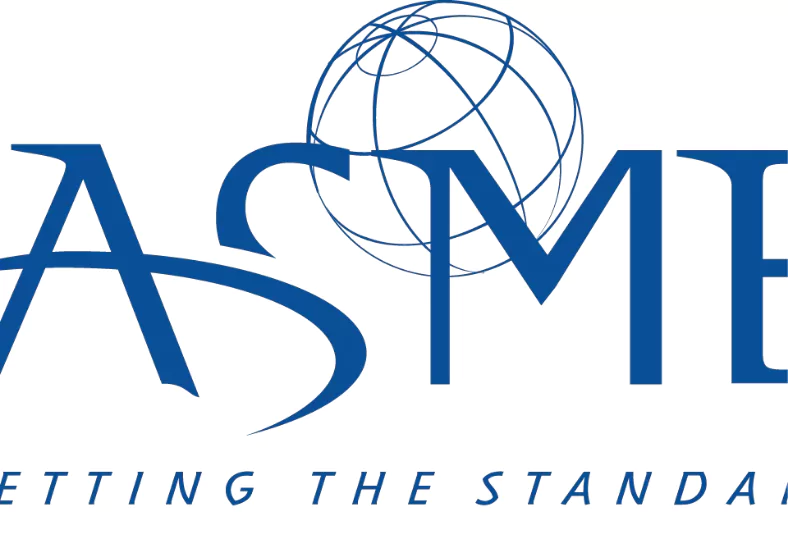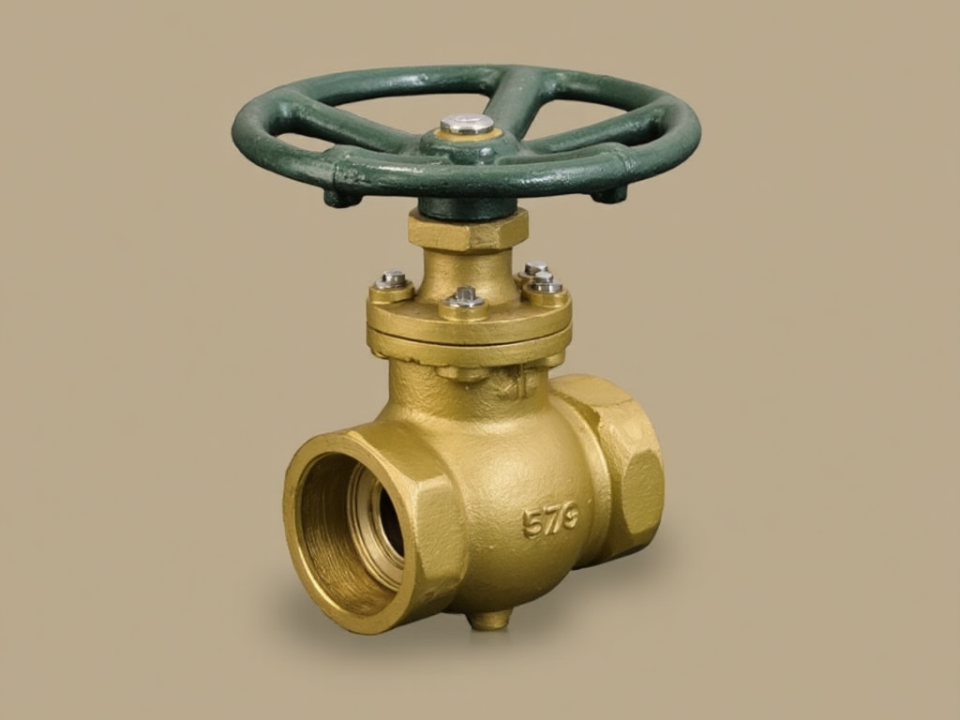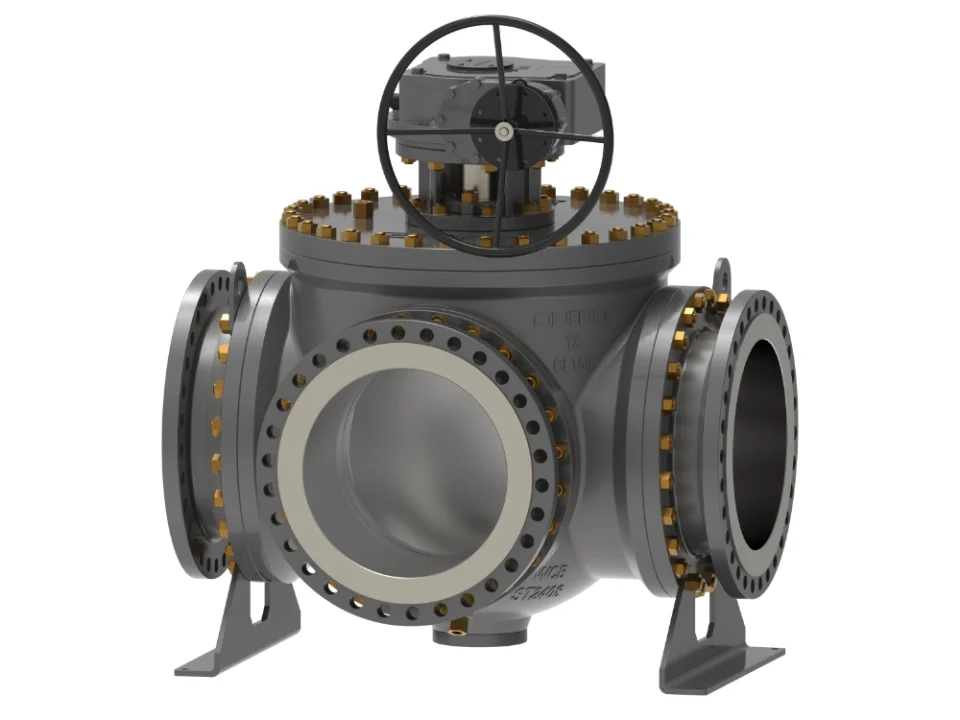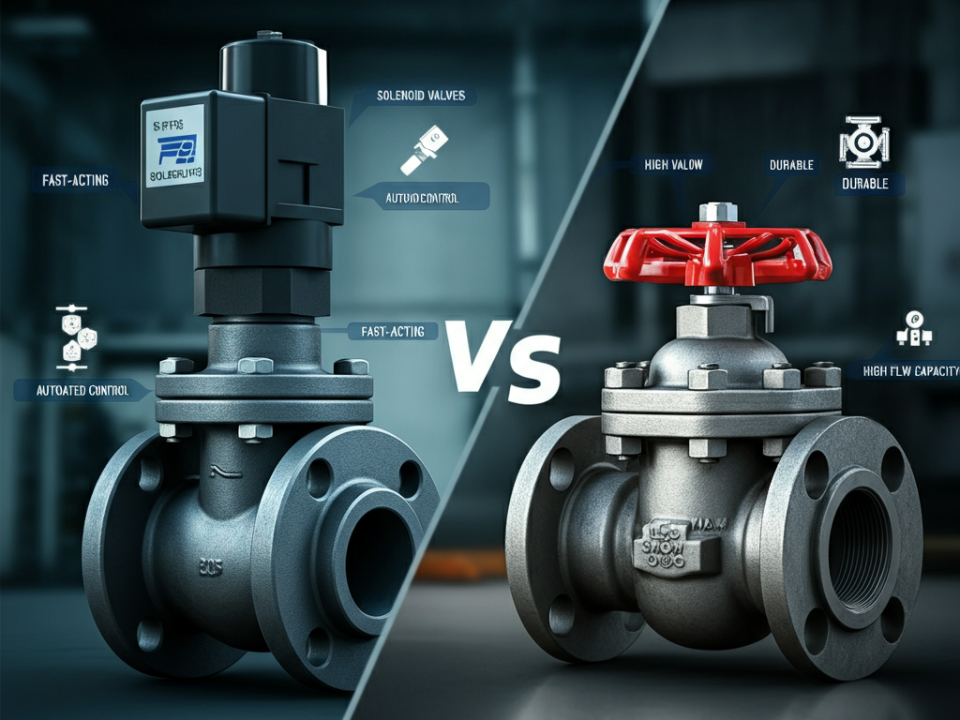Válvulas de esfera industriais são muito importantes. Elas ajudam a controlar o fluxo de gás, óleo, água e outros líquidos. Essas válvulas precisam ser fortes e seguras, especialmente em grandes fábricas e plantas. Os padrões de válvulas de esfera industriais ASME são as regras que verificam se as válvulas são bem construídas.
Os padrões ASME são regras que verificam se as válvulas são bem construídas. ASME significa American Society of Mechanical Engineers. Este grupo garante que coisas como válvulas atendam a certos padrões de segurança.
Se uma válvula for certificada pela ASME, isso significa que ela pode trabalhar em condições difíceis.
O que é a Certificação ASME?
O que é a Certificação ASME? Os padrões de válvulas de esfera industriais ASME garantem que as válvulas atendam às regras e requisitos de segurança e qualidade. Essas regras verificam se a válvula é segura e forte. A ASME garante que as válvulas podem suportar alta pressão, temperatura e uso pesado.
Quando uma válvula é certificada pela ASME, significa que ela passou por muitos testes. Ela está pronta para trabalhar em lugares como usinas de petróleo e gás. Ela pode trabalhar sem quebrar ou vazar.
Por que a certificação ASME é importante para válvulas de esfera?
Por que a Certificação ASME é importante? A Certificação ASME é importante porque dá confiança. Em indústrias onde a segurança importa, os padrões de válvulas de esfera industriais ASME ajudam as pessoas a se sentirem seguras.
As empresas sabem que podem confiar em válvulas certificadas pela ASME. Se uma válvula quebrar, ela pode parar de funcionar e ser perigosa. Em indústrias onde a segurança importa, a certificação ASME ajuda as pessoas a se sentirem seguras.
Aqui estão cinco padrões ASME que são essenciais para válvulas de esfera industriais. Esses padrões garantem que as válvulas sejam seguras, fortes e prontas para trabalhos difíceis.

Descubra soluções de válvulas de esfera certificadas pela ASME para suas necessidades industriais!
5 Normas ASME para Válvulas de Esfera Industriais
| Norma ASME | O que é isso | Por que isso importa | Onde é usado |
| B16.34 | Válvula de alta pressão padrão | Garante que as válvulas não falhem sob pressão | Oleodutos, refinarias |
| B16.5 | Flanges para válvulas | Evita vazamentos garantindo conexões firmes | Oleodutos, plantas químicas |
| B16.10 | Padrão de tamanho de válvula | Torna a substituição fácil e segura | Estações de tratamento de água |
| B16.11 | Conexões de alta pressão | Mantém as válvulas seguras sob pressão | Usinas de energia, refinarias de petróleo |
| B16.25 | Conexões de válvulas soldadas | Cria vedações fortes e à prova de vazamentos | Usinas de energia, processamento químico |
ASME B16.34 – Válvulas para alta pressão e temperatura
ASME B16.34 é uma regra para válvulas que enfrentam alta pressão e alto calor. Esta regra abrange muitos tipos de válvulas, incluindo válvulas de esfera. Válvulas que atendem a ASME B16.34 são testadas quanto à resistência. Elas podem trabalhar em locais com condições difíceis, como alta temperatura e pressão.
As normas ASME para válvulas de esfera industriais, como a B16.34, dão às empresas a confiança de que suas válvulas podem lidar com condições extremas sem quebrar.
Por que a ASME B16.34 é importante
Esta regra é importante porque garante que as válvulas não falhem em condições difíceis. Válvulas com certificação ASME B16.34 são construídas com materiais especiais. Esses materiais as tornam fortes o suficiente para lidar com mudanças de pressão e temperatura.
O padrão ASME B16.34 dá confiança às empresas. Elas sabem que suas válvulas podem lidar com condições extremas sem quebrar.
Exemplos de uso
As válvulas ASME B16.34 são usadas em locais como oleodutos e refinarias. Esses locais têm alta pressão e alto calor. Em um oleoduto, por exemplo, uma válvula precisa lidar com óleo ou gás quente. As válvulas de esfera industriais da ONERO são feitas para atender aos padrões ASME B16.34. Isso significa que elas são seguras e fortes para trabalhos difíceis.
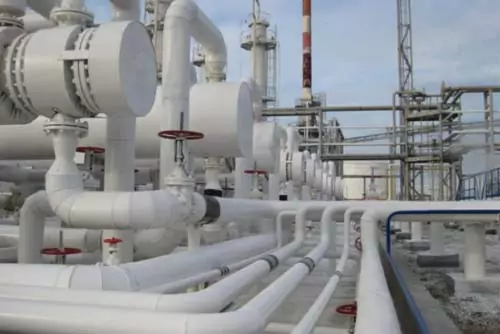
ASME B16.5 – Flanges e Válvulas Flangeadas
ASME B16.5 é uma regra que abrange flanges. Flanges são as partes planas em válvulas que se conectam a tubos. Esta regra define padrões para o tamanho, material e resistência de flanges. É importante porque os flanges ajudam a manter a válvula firmemente presa aos tubos.
Por que a ASME B16.5 é importante
Válvulas com flanges ASME B16.5 permanecem firmemente conectadas aos tubos. Isso ajuda a impedir vazamentos, o que é muito importante em sistemas de alta pressão. A ASME B16.5 garante que os flanges tenham o tamanho e a resistência corretos. Isso ajuda todo o sistema a permanecer seguro.
O padrão também define regras para classificações de pressão. Isso significa que o flange pode lidar com certos níveis de pressão sem vazar.
Exemplos de uso
Válvulas flangeadas certificadas pela ASME B16.5 são comuns em tubulações, plantas químicas e estações de energia. Essas válvulas flangeadas conectam-se com segurança a outras partes da tubulação, reduzindo riscos e melhorando a eficiência do sistema. As válvulas de esfera flangeadas da ONERO são feitas para atender a esses padrões, garantindo confiabilidade em ambientes desafiadores.
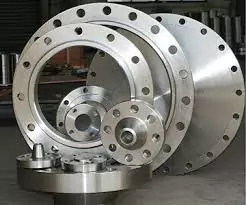
ASME B16.10 – Dimensões face a face da válvula
ASME B16.10 é uma regra que define o tamanho das conexões de válvulas. Este padrão verifica as dimensões face a face e ponta a ponta das válvulas. Isso significa que a distância de uma extremidade da válvula à outra é padrão.
ASME B16.10 facilita a substituição de válvulas. Se uma válvula tiver o tamanho certo, ela pode se encaixar rapidamente em um sistema de tubulação sem quaisquer ajustes.
Por que a ASME B16.10 é importante
Tamanhos padrão tornam o trabalho mais fácil e rápido. Quando as válvulas são de tamanho padrão, as empresas podem substituí-las sem alterar outras peças. Isso economiza tempo e reduz o risco de vazamentos. A ASME B16.10 garante que as válvulas se encaixem corretamente no sistema.
Se uma válvula for muito grande ou muito pequena, pode causar problemas. Com a ASME B16.10, as empresas sabem que a válvula se encaixará perfeitamente.
Exemplos de uso
Válvulas certificadas pela ASME B16.10 são úteis em locais como estações de tratamento de água. Nesses locais, os tamanhos das válvulas devem combinar perfeitamente para segurança. As válvulas de esfera da ONERO seguem os padrões da ASME, então elas se encaixam bem em diferentes configurações.
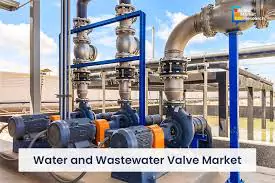
ASME B16.11 – Conexões forjadas para alta pressão
ASME B16.11 define regras para conexões de alta pressão. Conexões são as peças que conectam a válvula aos tubos. Esta regra inclui tipos como conexões soldadas por soquete e roscadas. Essas conexões garantem que a válvula permaneça conectada, mesmo sob alta pressão.
Por que a ASME B16.11 é importante
Conexões de alta pressão mantêm as válvulas seguras e protegidas. Em sistemas com muita pressão, qualquer vazamento pode ser perigoso. A ASME B16.11 garante que as conexões sejam fortes o suficiente para lidar com alta pressão. Isso mantém o sistema seguro e funcionando bem.
Conexões com certificação ASME B16.11 podem lidar com condições difíceis sem vazar. Isso é importante para sistemas que precisam permanecer seguros e protegidos.
Exemplos de uso
Válvulas com conexões ASME B16.11 são comuns em usinas de energia e refinarias de petróleo. Essas conexões ajudam as válvulas a permanecerem conectadas aos tubos, mesmo em trabalhos difíceis. As válvulas de alta pressão da ONERO são projetadas para atender a esses padrões, tornando-as confiáveis para ambientes de alto estresse.
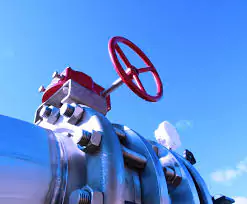
ASME B16.25 – Conexões de extremidade de soldagem de topo
ASME B16.25 define regras para conexões soldadas. Uma conexão soldada é quando a válvula é fixada ao tubo por soldagem. A soldagem ajuda a fazer uma vedação firme e sem vazamentos entre a válvula e o tubo.
Este padrão é especialmente útil em sistemas com alta pressão ou alta temperatura. A soldagem cria uma ligação forte, tornando muito difícil que vazamentos aconteçam.
Por que a ASME B16.25 é importante
Em sistemas de alta pressão, vazamentos podem ser muito perigosos. A ASME B16.25 garante que a conexão soldada esteja segura. Ela verifica se a solda é forte o suficiente para lidar com condições extremas. Isso ajuda a manter o sistema seguro e sem vazamentos.
Exemplos de uso
Válvulas soldadas com ASME B16.25 são usadas em usinas de energia e processamento químico. Essas conexões fornecem uma vedação forte e à prova de vazamentos. As válvulas de esfera soldadas de topo da ONERO seguem essa regra, tornando-as uma boa escolha para trabalhos difíceis.


Quer saber o padrão API da rede elétrica para válvulas industriais?
Conclusão
Os padrões ASME ajudam a tornar as válvulas de esfera industriais seguras e fortes. Cada padrão verifica coisas importantes como pressão, temperatura e tamanho. Ao seguir essas regras, as válvulas permanecem confiáveis e prontas para trabalhos difíceis.
No ONERO, seguimos os padrões de válvulas de esfera industriais ASME para que nossos clientes possam confiar em nossas válvulas. Essas válvulas atendem a todas as regras rígidas da ASME, para que os clientes possam confiar nelas. Visite nosso página do produto para ver nossa linha completa de válvulas de esfera certificadas pela ASME ou Contate-nos para um orçamento!
Recursos
- Sobre as Normas ASME
- Normas e Certificações ASME
- B16.34 – Válvulas – Flangeadas, Rosqueadas e Extremidades Soldáveis
- B16.5 – Flanges de tubos e conexões flangeadas: NPS 1/2 a NPS 24, padrão métrico/polegada
- B16.10 – Dimensões face a face e ponta a ponta de válvulas
- B16.11 – Conexões Forjadas, Soldadas por Soquete e Roscadas
- B16.25 – Soldagem de topo

